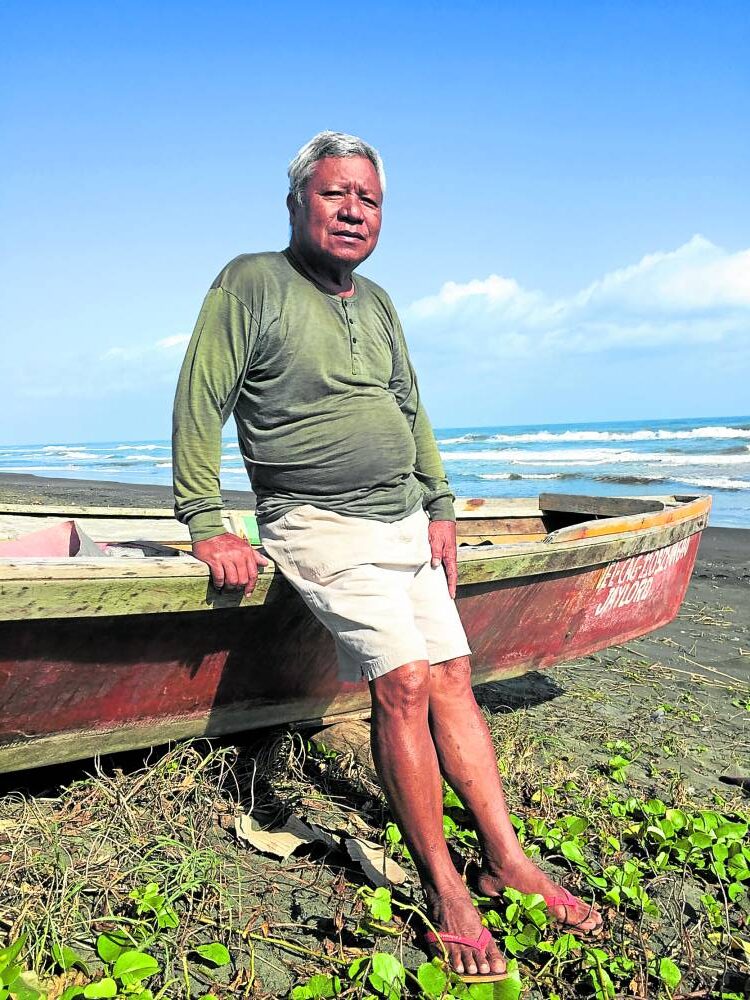
In the late 1970s, Ricardo Umoso was fighting the separatist group Moro National Liberation Front in Basilan as a soldier of the Armed Forces of the Philippines.
Now in his 60s, Umoso still fights, albeit on a different front line in his native Aparri in Cagayan Province.
After going back to his hometown in the 1990s and working as a fisher again, Umoso, now the president of the Aparri Aramang Stakeholders Association, said his group in the parish of San Pedro Telmo and concerned residents are up in arms against the dredging of the Cagayan River estuary and a portion of the Aparri coastal waters, which they said is a black sand mining operation.

The operation, which started in 2021, Umoso said, has already affected their livelihood with less catch, and has disturbed shrimp and other marine species on the Aparri coast and the estuary, located in Aparri’s Punta village.
He said he lost two-thirds of his catch in 2022, compared to the previous year, when venturing out to sea yielded much more.
During the Earth Day celebration last year, Umoso, Fr. Manuel Catral, the town’s parish priest, and more than a thousand residents protested in town against the black sand mining.
Black sand is primarily used for industrial products such as steel, ink and toner, cosmetics, jewelry, paint and paper.
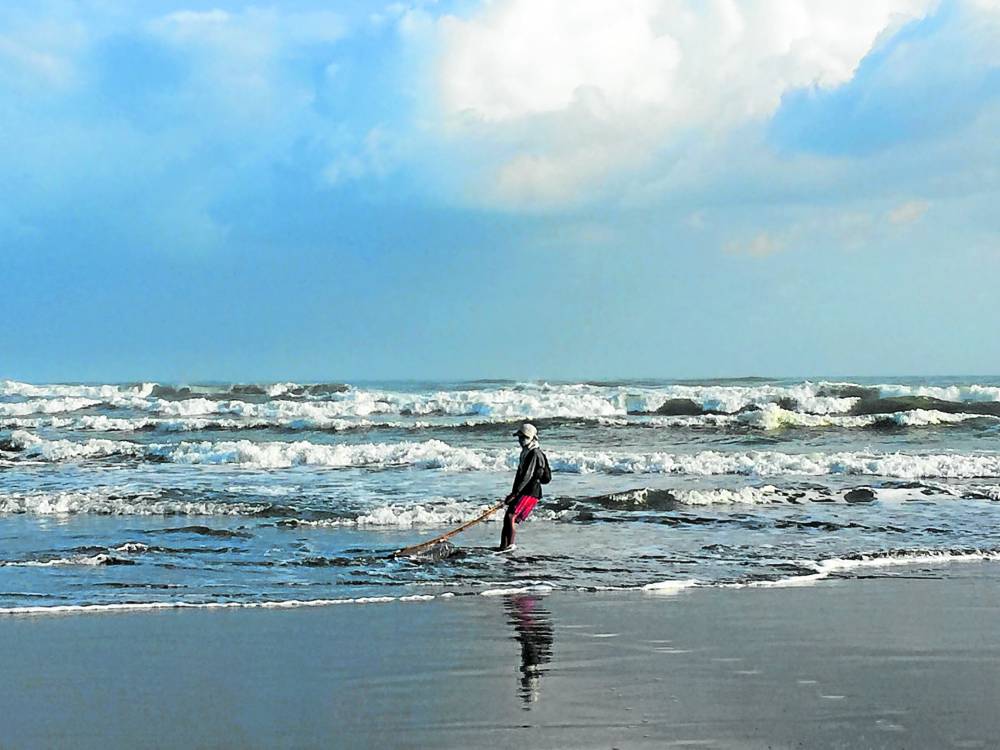
Environmental protection
Sitting in a makeshift hut on top of the natural sand barrier on Aparri’s shore and feeling dismayed, Umoso said the dredging of the Cagayan River’s estuary and the black sand mining should stop because it affects the environment and the livelihood of local fishermen.
The activities, he said, also affects the estuary; estuaries are called the nurseries of the sea, where many marine species nestle and breed.
Cagayan Gov. Manuel Mamba has repeatedly denied allegations of black sand mining operations in Aparri.
In a report by the Philippine Center for Investigative Journalism (PCIJ) last year, Mamba disproved claims that black sand mining is happening off the Cagayan River estuary and off the coast of Aparri.
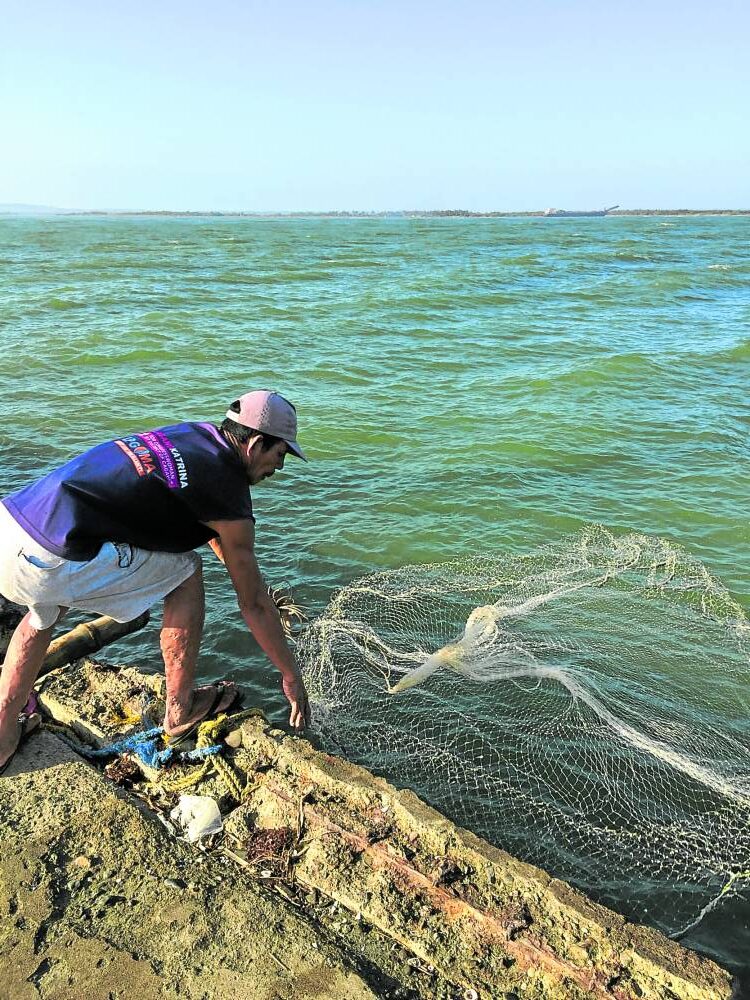
He was quoted as saying that what is being undertaken in Aparri is a flood control and river restoration project aimed at the reopening of Aparri port and of an international seaport in town.
Historically, the town was the center of commerce in the province more than a hundred years ago.
In the same PCIJ report, the Department of Environment and Natural Resources regional office said the dredging of the Cagayan River in the towns of Lal-lo, Camalaniugan and Aparri of two private companies are part of the flood mitigation project of the government, following the devastation brought about by Typhoon Ulysses (Vamco) in the province in 2020.
The governor, in the same report, said the disturbance claimed by the fisherfolk is “minimal” and “temporary,” and said everything will eventually settle.
Umoso and his group remain unconvinced to this day, and vow to continuously fight their cause of preserving Aparri’s natural beauty and the livelihood of its fisherfolk.
Cultural landscape
In 2019, a bill was filed by then-Sen. Leila de Lima prohibiting black sand mining in the coastal waters of the Philippines, but it was not passed into law.
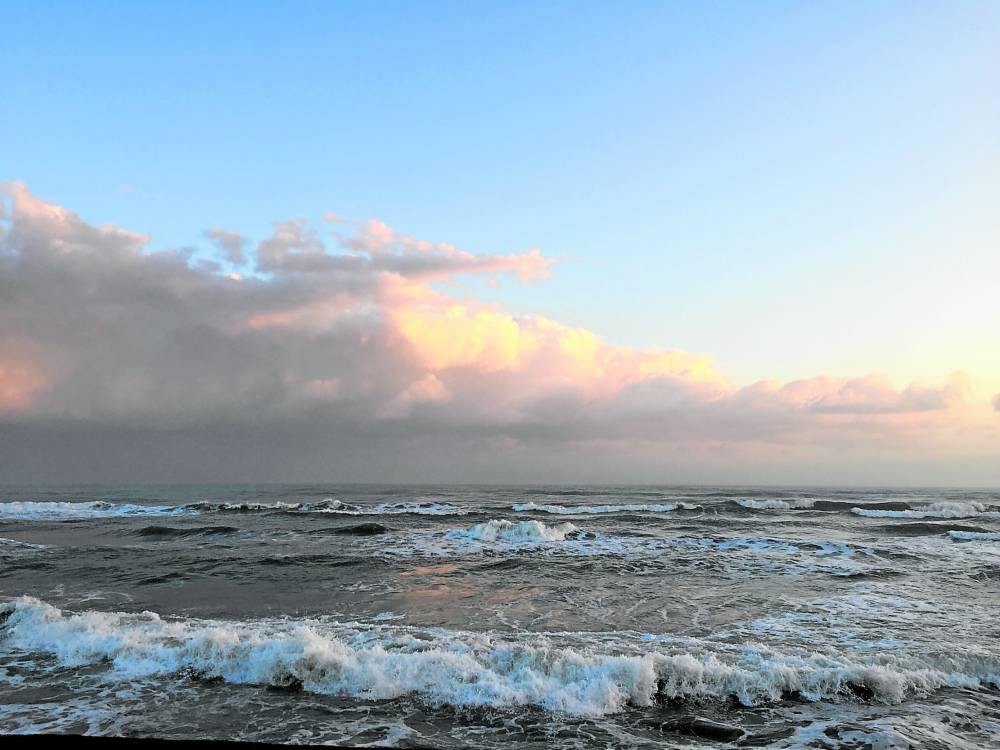
Located in the area where the Cagayan River meets the sea, Aparri is not just a fishing village, but could be considered a cultural landscape, defined by the United Nations Educational, Scientific and Cultural Organization as “embracing a diversity of manifestations of the interaction between humankind and its natural environment and reflecting specific techniques of sustainable land-use, considering the characteristics and limits of the natural environment they are established in, and a specific spiritual relation to nature.”
The town’s coast faces the Babuyan Channel, and has a wide area of black sand where fishing, its major industry, has been carried out since time immemorial.
Here, fisherfolk practice sustainable resource extraction, using proper fishing materials and cyclical fishing activities based on the direction of the wind.
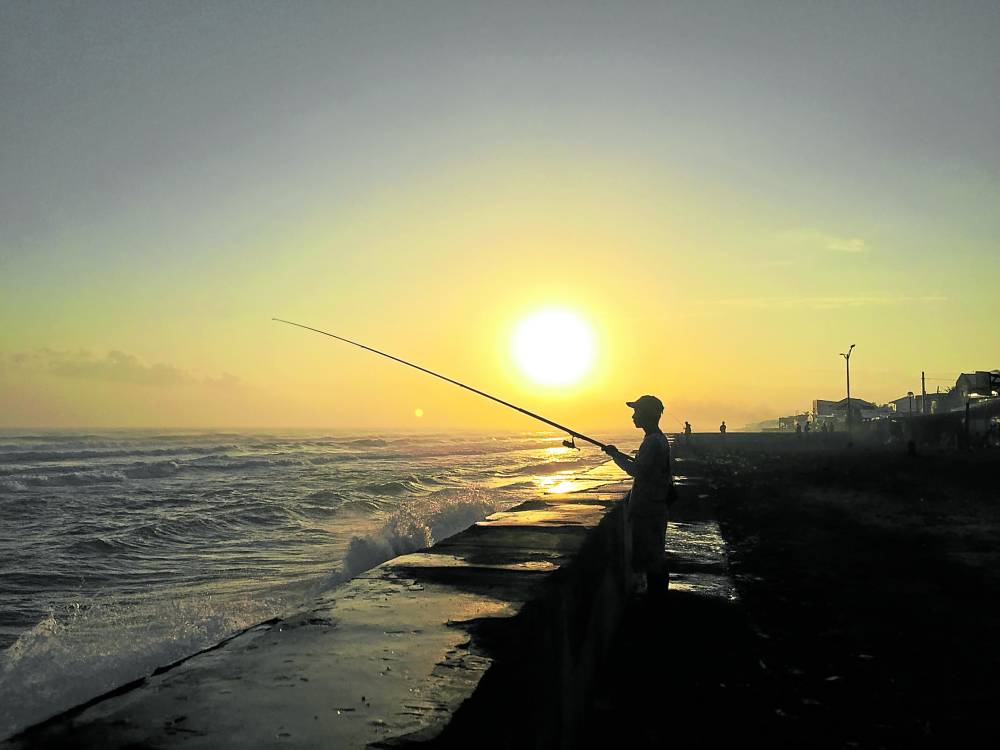
During the dry months, for example, beach seine fishing called daklis is almost a daily activity, but is not practiced during the amihan (northeast wind) season due to strong and big waves.
During the latter, hook and line fishing called banniit is done just off the shore if the waves and weather are favorable, and local fisherfolk gather shellfish along the shore using a contraption made from wire and wood.
The other fishing methods used by local fishers include sigay or gillnet, as well as bottom gillnet fishing.
Trawl fishing has long been abandoned in the area due to its bad effects to the environment.
Consistent with the residents’ spiritual relationship with nature, the fishers always pray prior to casting their nets to sea, and every first of January, they hang their nets on a sungaban (something like a bamboo pole) and make offerings such as liquor, water and food, a precolonial practice that endures to this day. —CONTRIBUTED













































